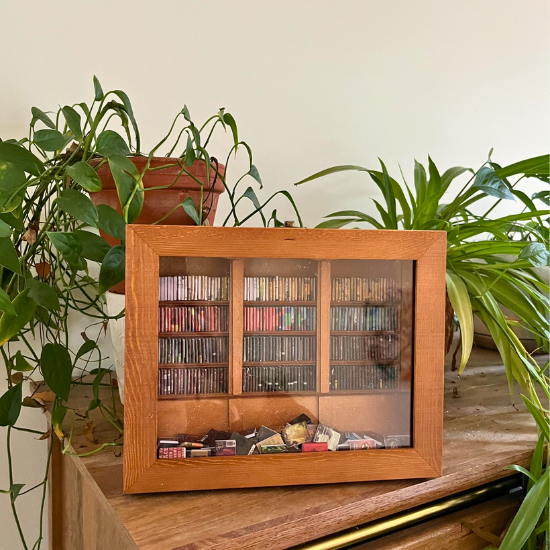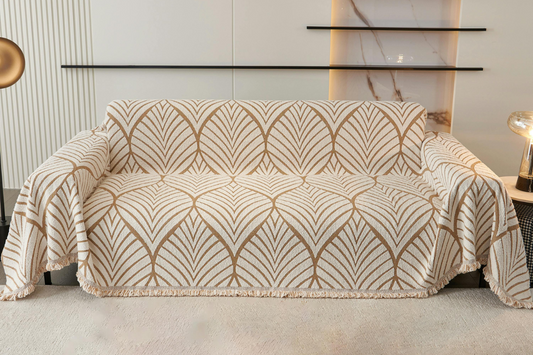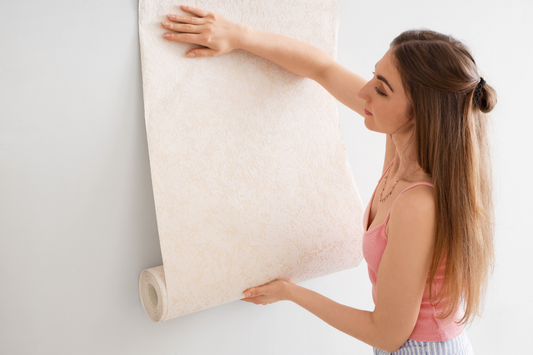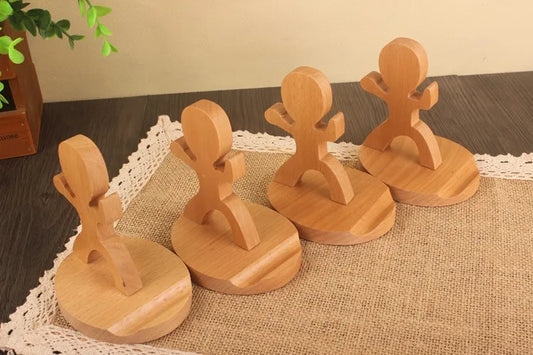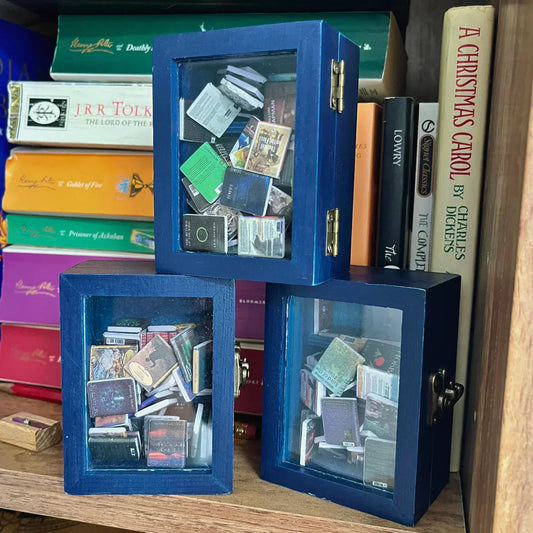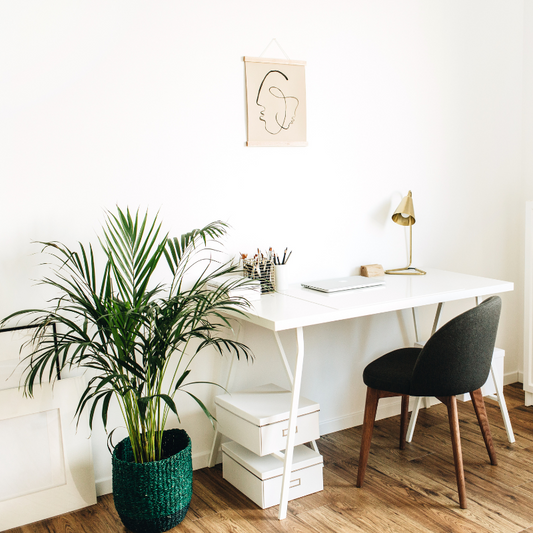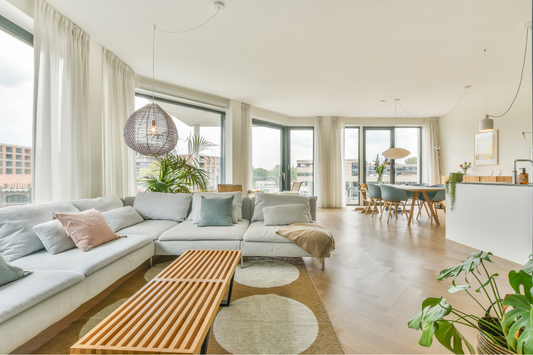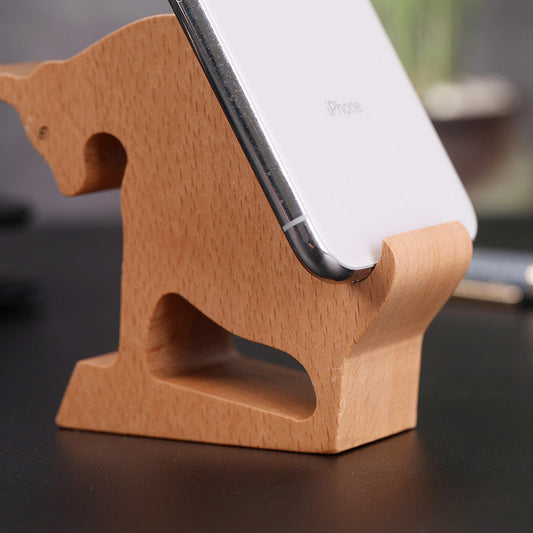Table of Contents:[hide]
Acrylic Pour painting is a fun and creative way to make unique, flowing abstract art! There are many techniques to choose from including ring pour painting, Dutch pour, flip cup pour, creating cells using the 'swipe' technique, and more. For each technique, start with a 'pillow' layer of paint covering the canvas. If you are using silicone oil in your paints, avoid using it in the pillow layer as the silicone will create craters in your work, though you are welcome to give it a try and see if you're pleased with the result as testing is an important piece of any art strategy.
The Ring Pour
To create a ring-pour, you carefully and strategically layer different colors of paint into a cup and pour slowly in a tight circular motion on your canvas. This creates a large paint puddle with a ring effect. Let the paint settle for roughly 30 seconds, then tilt your canvas in a way that allows the paint puddle to flow just over the edge of your canvas, then back to the middle. Repeat until you have brought your paint to each edge and back to the center for a beautiful abstract ring effect. Alternatively; you can use the same method but instead of tilting to manipulate, place your canvas on a cake-spinning wheel or 'Lazy-Suzan.' Once the paint has been poured and set for roughly 30 seconds; spin the wheel and allow the puddle to run over the edges of the canvas.
- Experiment with different color combinations to create a truly unique look. You can use complementary colors, analogous colors, or even monochromatic shades to achieve different effects.
- Try adding some silicone oil to your paint mixture to create cells within your ring pour. This can add depth and texture to your finished piece.
- If you're using a Lazy-Susan or cake-spinning wheel, try spinning it at different speeds to create different effects. A slower spin will create more defined rings, while a faster spin will create a more blended look.
- Don't be afraid to use different tools to manipulate the paint on your canvas. You can use a palette knife, a straw, or even your fingers to create interesting patterns and textures.
- Remember that the paint will continue to move and change as it dries, so don't worry too much about getting everything perfect. Embrace the imperfections and enjoy the process!
Dutch Pour
Creating a Dutch pour on your canvas requires some preparation and technique to get the desired effect. Here are some tips to help you achieve a beautiful marbled effect on your canvas:
- Choose colors that work well together and complement each other. Experiment with different color combinations to find the ones that work best for you.
- Mix your paint with the pouring medium to get the right consistency. Too thick and it won't flow well, too thin and it will be too watery.
- Pour the colors in layers onto your canvas, starting with the lightest color and working your way up to the darkest. Make sure to cover the entire canvas.
- Use a blow dryer or straw to blow out the paint in different directions, creating a marbled effect. Experiment with different speeds and angles to see what works best for you.
With these tips in mind, you can create a beautiful Dutch pour painting that is sure to impress!
The Dirty Flip
Dirty Flip-cup pour painting involves pouring your colors into a cup spontaneously, flipping it onto your canvas, and then lifting the cup, creating a paint puddle on the canvas. You will then tilt and manipulate the paints to create your desired effects.
- Choose your colors carefully: The colors you choose will determine the overall look and feel of your painting, so take some time to consider which hues you want to use.
- Mix your paints: Before you begin, mix paints with a pouring medium to ensure they flow smoothly and create a nice puddle on your canvas.
- Prepare your workspace: Make sure you have a flat surface to work on, and cover it with a plastic sheet or drop cloth to protect it from spills.
- Use the right cup: A plastic or paper cup works best for this technique. Make sure it's tall enough to hold all your paints and has a wide enough opening to allow the paints to flow out easily.
- Flip the cup quickly: When you're ready to pour, flip the cup quickly and smoothly to avoid creating air bubbles in the paint. Once the cup is flipped, allow it to rest for a few minutes to allow the paint to settle and for any large air bubbles to rise.
- Tilt and manipulate: Once you've created your paint puddle, you can tilt and manipulate the canvas to create your desired effects. Manipulate the paint until you're happy with the result!
With a little practice and experimentation, you'll be able to create stunning works of art using this fun and unique technique.
The Swipe
To make cells using the swipe technique, first, apply a base coat of paint to the canvas using your desired colors. Then, pour a small amount of different colored paints onto the canvas. Next, use a swipe tool such as a card or spatula to carefully drag your 'activator' (the easiest method is Titanium White mixed 1:1 with a pouring medium) across the surface, creating cells. Finally, let the painting dry completely before adding any finishing touches or sealing the piece. Using a blow dryer for painting involves blowing the paint around on your canvas to create unique patterns. With these techniques, you can create beautiful and one-of-a-kind pieces of art.
The swipe technique is a popular choice for creating unique and beautiful pieces of art. Here are some additional tips to help you perfect your swipe technique and make your art stand out:
- Experiment with different color combinations to create interesting and eye-catching designs. You can mix your colors or choose from a wide range of pre-made fluid art-specific paints.
- Don't be afraid to vary the amount of paint you use for each swipe. This can create different effects and textures in your painting.
- Try using different swipe tools to achieve different effects. A card or spatula can create clean, straight lines, while a foam brush or sponge can create more organic shapes.
- When using a blow dryer, be careful not to blow the paint too forcefully, as this can cause the paint to splatter and ruin your design. Start with a low setting and gradually increase the speed as needed.
- To add extra depth and dimension to your painting, consider layering multiple swipes on top of each other. This can create a sense of movement and flow in your work.
Remember, the key to creating beautiful art is to experiment, practice, and have fun! With these techniques, you can create engaging, flowing, and one-of-a-kind. artwork.
Pour painting is not only a creative way to make unique artwork but it can also be a therapeutic activity for some people. The process of mixing colors and watching them flow together can be calming and meditative. Additionally, pour painting is a great way to experiment with color combinations and create abstract pieces that are truly one-of-a-kind. There are many videos online showcasing these techniques and are set to relaxed music to allow for a satisfying experience.
One tip for creating successful pour paintings is to understand the use of high-quality paint that is specifically designed for this technique vs. lower-quality paints. Both will allow for fluid artwork but the former will provide a much higher quality pallet, texture, and result. Another tip is to experiment with different additives, such as silicone oil or alcohol, to create different effects and textures. It is also important to have a clean and organized workspace, as this technique is messy.
When it comes to choosing a technique, it depends on the desired outcome and personal preference. Ring-pour painting is great for creating circular designs and can be a good option for beginners. Dutch pour is perfect for creating a marbled effect, while flip cup pour painting is great for creating bold and striking designs. Using a blow dryer for painting is a unique technique that allows for more control over the paint and can create interesting patterns.
Overall, pour painting is a versatile and enjoyable art form that can yield stunning results. With a bit of experimentation and practice, anyone can create beautiful pour paintings that are truly one-of-a-kind.
If you're interested in trying out pour painting, here are some additional tips to help you create successful pieces:
-
Start with a smaller canvas or paper to get the hang of the technique before moving on to larger pieces.
-
Use a pouring medium to help the paint flow more smoothly and prevent cracking as it dries.
-
Consider using a butane kitchen torch to remove any air bubbles that may form during the pouring process.
-
Try incorporating different tools, such as palette knives or straws, to create unique textures and effects.
-
Don't be afraid to experiment with different color combinations and techniques to find what works best for you!
Remember, the beauty of basic pour painting is that there are no set rules or limitations. It's all about letting go and allowing the paint to flow and create something truly unique. So have fun, get creative, and enjoy the process!
